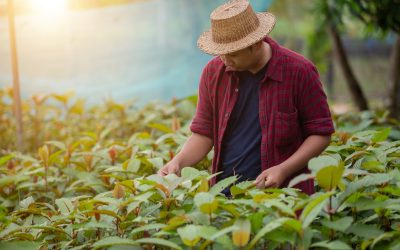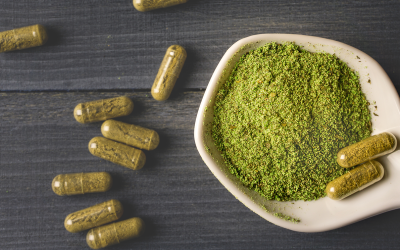Kava is a popular drink that has been consumed for centuries in the South Pacific. It is made from the roots of the kava plant, which is scientifically known as Piper methysticum. The plant is native to Micronesia and Polynesia, and it has been used in traditional medicine and cultural ceremonies for its calming effects.
Kava is a natural sedative that is believed to help reduce anxiety and promote relaxation. It is often consumed in social settings, as well as for medicinal purposes. The drink is made by grinding the roots of the kava plant and mixing them with water. The resulting liquid is then strained and consumed.
While kava has been used for centuries in the South Pacific, it has gained popularity in other parts of the world in recent years. However, there has been some controversy surrounding the use of kava due to reports of liver damage and other adverse effects. Despite this, many people continue to use kava for its potential health benefits.
History and Cultural Significance
Kava has been an important part of the culture in the Pacific Islands for more than 3000 years. It has been used for both medicinal and ceremonial purposes. The root of the kava plant is harvested, ground, and mixed with water to create a non-alcoholic beverage that has a calming effect on the body and mind.
Kava drinking has been a long-standing part of Pacific Islander culture. It is consumed on social ceremonials and rituals, as well as during important occasions such as weddings, funerals, and political events. Kava ceremonies are often accompanied by singing and dancing, and the drink is shared among participants as a symbol of unity and community.
Throughout the region, kava drinking has been part of prestigious ceremonial occasions since ancient times. In Fiji, Samoa, and Tonga, kava was drunk ceremonially and socially. It was also known as a remedy for various physical ailments. Kava’s cultural significance goes far beyond just being a beverage that is common to those islands. It is ingrained in everyday life, and the ceremony surrounding it is an important aspect of their culture.
What is Kava?
Kava, also known as kava-kava, is a plant that is native to the South Pacific islands. It has been used for centuries by Pacific Islanders as a ceremonial drink to promote a state of relaxation. The plant is a member of the pepper family, and its scientific name is Piper methysticum. The root of the plant is used to make a drink that has sedative and anesthetic properties.
Botanical Description
The kava plant is a shrub that can grow up to 3 meters tall. It has large, heart-shaped leaves that are 20-30 cm long and 15-20 cm wide. The plant has a central stem that is woody and covered with leaf scars. The roots of the plant are the part that is used to make the kava drink. The roots are harvested, cleaned, and then pounded or ground into a powder.
Chemical Composition
The active ingredients in kava are called kavalactones. There are over 18 different kavalactones that have been identified in the plant. The kavalactones are responsible for the sedative and anesthetic effects of the drink. They work by affecting the levels of neurotransmitters in the brain, such as dopamine, serotonin, and GABA.
Preparation and Consumption
The traditional way to prepare kava is to grind the root into a powder and mix it with water. The mixture is then strained through a cloth to remove the fibers and other plant material. The resulting drink has a bitter taste and a numbing effect on the mouth and tongue. In some cultures, the drink is mixed with coconut milk or other flavors to make it more palatable.
Kava can also be consumed in capsule form or as a tincture. These forms of kava are often used as dietary supplements to reduce stress and anxiety. However, it is important to note that the safety and effectiveness of these forms of kava have not been well studied.
Types of Kava
Kava comes in various types and forms, each with its unique properties and effects. Here are some of the most common types of kava:
- Noble Kava: This type of kava is the most popular and widely used. It is sourced from the roots of the Piper methysticum plant and is known for its calming and relaxing effects. Noble kava is typically consumed as a beverage, and its effects can last for several hours.
- Tudei Kava: Also known as two-day kava, this type of kava is considered to be more potent than noble kava. It is sourced from the same plant as noble kava but is harvested later and has a higher concentration of kavalactones. Tudei kava is known for its sedative effects and is typically consumed in smaller quantities than noble kava.
- Instant Kava: This type of kava is made by extracting the active compounds from the kava root and drying them into a powder. Instant kava is typically mixed with water and consumed as a beverage. It is known for its convenience and ease of use, as it does not require any preparation time.
- Kava Extract: Kava extract is a concentrated form of kava that is typically sold in capsule or liquid form. It is known for its potent effects and is often used as a natural remedy for anxiety and stress.
It is important to note that the effects of kava can vary depending on the type and form of kava consumed. Additionally, the potency of kava can vary depending on the quality and source of the kava. It is recommended to purchase kava from a reputable source and to follow dosage guidelines carefully.
Ingestible Forms of Kava: Tips & Tricks
- Kava Capsules: A convenient and easy way to take kava. They are made by encapsulating kava powder or extract in a gelatin or vegetarian capsule. One of the main advantages of kava capsules is that they are easy to transport and can be taken anywhere. They also have a longer shelf life than liquid kava. However, kava capsules may not be as potent as other forms of kava, and they may take longer to take effect since they have to be digested first.
- Kava Tablets: are similar to kava capsules in that they are a convenient and easy way to take kava. They are made by compressing kava powder or extract into tablet form. Like kava capsules, they are easy to transport and have a longer shelf life than liquid kava. However, like kava capsules, they may not be as potent as other forms of kava.
- Kava Powders: is the traditional form of kava and is typically consumed in liquid form. It is made by grinding the root of the kava plant into a fine powder. One of the advantages of kava powder is that it is the most potent form of kava. It can also be prepared in a variety of ways, such as mixing it with water or coconut milk. However, kava powder can be difficult to find and may not be legal in some areas. It can also be difficult to prepare, as the powder needs to be strained to remove any large particles.
Flavor Profile
Kava is typically consumed in liquid form, and it has a unique flavor profile that is often described as earthy, bitter, and slightly spicy. Some people find the taste unpleasant, but others enjoy it. The flavor can vary depending on the type of kava and how it is prepared. Generally, the fresher the kava, the stronger the flavor.
Tricks and Tips for Ingestion
There are a few tricks and tips that can make ingesting kava more pleasant. For example, some people prefer to mix kava with a sweetener like honey or sugar to mask the bitter taste. Others mix it with fruit juice or coconut milk to create a smoother, more palatable drink. It is important to note, however, that adding anything to kava can affect its potency, so it is best to experiment with small amounts at first. Another important factor to consider is the temperature of the kava. Some people prefer to drink it cold, while others prefer it warm. Experimenting with different temperatures can help you find the one that is most enjoyable for you.
Most Effective Way to Ingest Kava
The most effective way to ingest kava is through a method known as “chugging.” This involves drinking the entire serving of kava in one go, rather than sipping it slowly. This allows the kavalactones to be absorbed more quickly and efficiently. It is also important to note that the effects of kava can vary depending on the strain and preparation method. Some strains are more potent than others, and some methods of preparation can result in a stronger or weaker kava drink. As such, it is important to do your research and experiment to find the strain and preparation method that works best for you.
Benefits and Risks
Potential Health Benefits
Kava has been traditionally used in the Pacific Islands for its relaxing effects, and it has gained popularity in the Western world as a natural remedy for anxiety and stress. According to a review of studies, kava may have potential benefits for reducing anxiety and improving sleep quality. It may also have some potential as a treatment for mild to moderate anxiety disorders. Kava has been found to interact with the gamma-aminobutyric acid (GABA) system in the brain, which is responsible for regulating anxiety and stress levels. It may also have some anti-inflammatory and analgesic properties, which could make it useful for treating pain and inflammation.
Potential Risks and Side Effects
While kava may have potential health benefits, it is important to be aware of the potential risks and side effects associated with its use. The use of kava has been linked to liver injury that is sometimes serious or even fatal. The exact cause and frequency of the liver damage are unclear, but it is recommended that people with liver disease or liver problems avoid using kava. Kava can also cause digestive upset, headache, dizziness, and other side effects. It may affect the ability to drive or operate machinery, and it may interact with certain medications. It is important to talk to a healthcare provider before using kava, especially if you have any underlying medical conditions or are taking any medications. In summary, while kava may have potential health benefits for reducing anxiety and improving sleep quality, it is important to be aware of the potential risks and side effects associated with its use. People with liver disease or liver problems should avoid using kava, and it is important to talk to a healthcare provider before using kava if you have any underlying medical conditions or are taking any medications.
Legal Status and Availability
Kava is legal in most countries, including the United States, where it can be purchased and sold without any legal restrictions. However, some countries have imposed restrictions on the use of kava due to concerns about its safety and potential health risks. For example, in some European countries, kava is only available by prescription or not available at all.
In the United States, kava is available in various forms, including dried roots, capsules, tablets, and liquid extracts. It is commonly marketed as a natural alternative to prescription anxiety medications. You can find kava bars serving kava to patrons in most major cities in America.
Consumers should be aware that while kava is generally considered safe when used in moderation, excessive consumption can lead to liver damage and other health problems. The FDA has issued warnings about the potential risks associated with kava use, and some studies have linked kava to liver toxicity.
It is important to purchase kava products from reputable sources and to follow the recommended dosage guidelines. Consumers should also be aware of the potential interactions between kava and other medications, particularly those that affect the liver.
Conclusion
Kava is a plant that has been used for centuries in traditional Pacific Islander medicine for its calming and relaxing effects. It is typically consumed as a beverage and has gained popularity as a natural alternative to prescription medications for anxiety and stress.
While there are some potential benefits to using kava, it is important to note that there are also risks associated with its use. The plant has been linked to liver damage and other side effects, and should not be used by individuals with liver problems or those taking certain medications.
It is important to always consult with a healthcare professional before using kava or any other natural remedy, especially if you have a pre-existing medical condition or are taking prescription medications. While kava may be a natural option for some, it is not a substitute for professional medical advice or treatment.
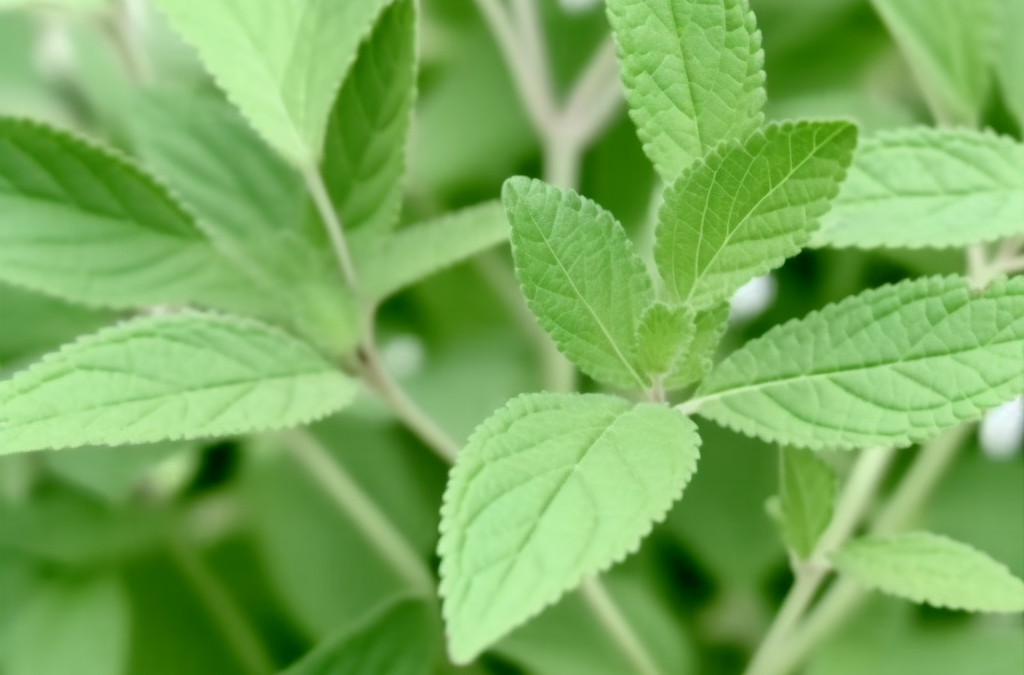
Transform Your Health: The Ultimate Guide to the Benefits of Boldo
Boldo, a South American native herb, has been admired for centuries for its impressive range of health benefits. As you explore the world of natural remedies, you'll find this powerful plant stands out amongst its peers. Boldo can be a valuable addition to your health...

Kratom and Athletics: Can It Enhance Performance?
Kratom and Athletics: Can It Enhance Performance?Kratom, a natural herb derived from the leaves of the Mitragyna speciosa tree, has gained popularity in recent years for its potential benefits, including increased energy, focus, and pain relief. As a result, some...
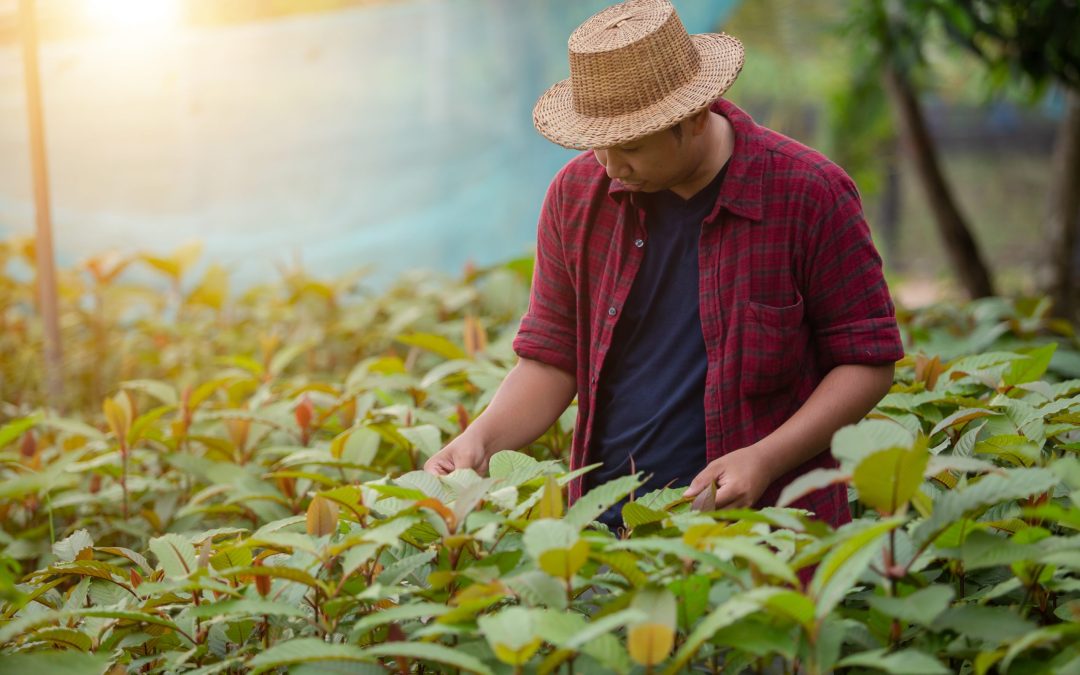
Kratom Strains: A Comprehensive Guide
Kratom Strains: A Comprehensive GuideKratom, a tropical tree native to Southeast Asia, has been used for centuries for its medicinal properties. The plant's leaves contain alkaloids that interact with receptors in the brain, producing a range of effects, from pain...
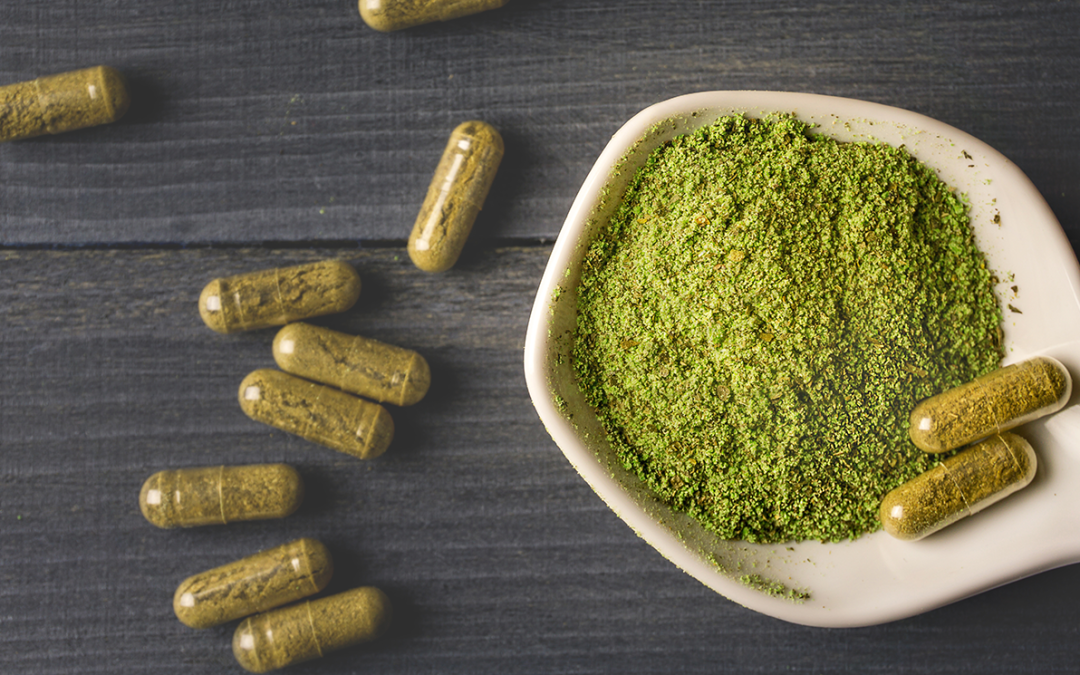
Is Kratom Legal in Oklahoma?
Kratom is a tropical evergreen tree that is native to Southeast Asia. Its leaves have been used for centuries by locals as a natural remedy for pain relief, anxiety, and depression. In recent years, kratom has gained popularity in the United States as an alternative...
Related Articles
Kratom and Athletics: Can It Enhance Performance?
Kratom and Athletics: Can It Enhance Performance?Kratom, a natural herb derived from the leaves of the Mitragyna speciosa tree, has gained popularity in recent years for its potential benefits, including increased energy, focus, and pain relief. As a result, some...
Kratom Strains: A Comprehensive Guide
Kratom Strains: A Comprehensive GuideKratom, a tropical tree native to Southeast Asia, has been used for centuries for its medicinal properties. The plant's leaves contain alkaloids that interact with receptors in the brain, producing a range of effects, from pain...
Is Kratom Legal in Oklahoma?
Kratom is a tropical evergreen tree that is native to Southeast Asia. Its leaves have been used for centuries by locals as a natural remedy for pain relief, anxiety, and depression. In recent years, kratom has gained popularity in the United States as an alternative...


